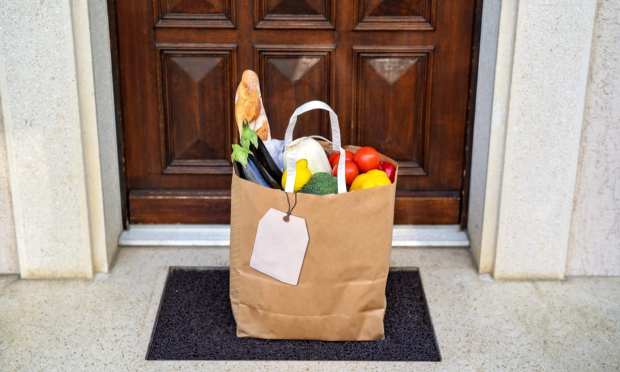AI-Grocery Service Hungryroot Nets $40 Million To Fund Expansion

Hungryroot, an artificial intelligence (AI)-powered grocery service, has raised $40 million in a Series C funding round, according to a press release.
Hungryroot intends to use the money to grow by increasing the amount of groceries and recipes offered, the release stated. The company will also bolster its team, increase investment in automation tech, optimize its proprietary algorithm and scale marketing.
“Hungryroot is pioneering an entirely new way to grocery shop,” said Founder and CEO Ben McKean in the release. “We leverage proprietary technology to predict and deliver the groceries and recipes that best suit each individual customer’s needs and goals. The result is a customer-first, curated experience that reduces the average time consumers spend grocery shopping from two to three hours a week, to just two to three minutes. The days of walking into a giant grocery store with an empty cart and browsing through tens of thousands of items will soon be a routine of the past. Hungryroot does the work for customers so they don’t have to.”
While grocery is one of the most crucial retail categories, it has not had a particular initiative to digitize. The Hungryroot system leverages predictive and automatic deliveries. It uses machine learning (ML) and predictive modeling technologies to build customers’ orders for them based on their needs, according to the release.
“Hungryroot also supports customers with meal planning, nutritional support and at-home delivery, making the entire grocery experience more convenient, affordable and sustainable,” the release stated.
Hungryroot has been profitable since early 2020. The company will likely garner $175 million in revenue this year, and it has forecasted more than $300 million in 2022, according to the release.
Another grocery app, Farmstead, also uses AI to help cut costs, PYMNTS reported.
Using its proprietary Grocery OS software, the company automates processes, such as inventory, picking and packing, and last-mile logistics. According to the company, it takes into account several factors, such as growth, customers’ buying data and more.
